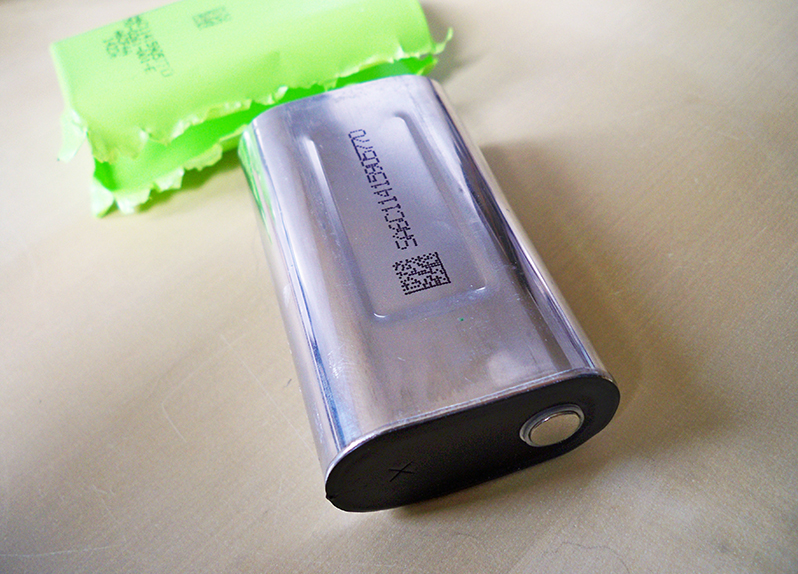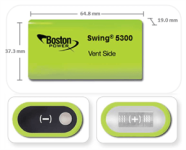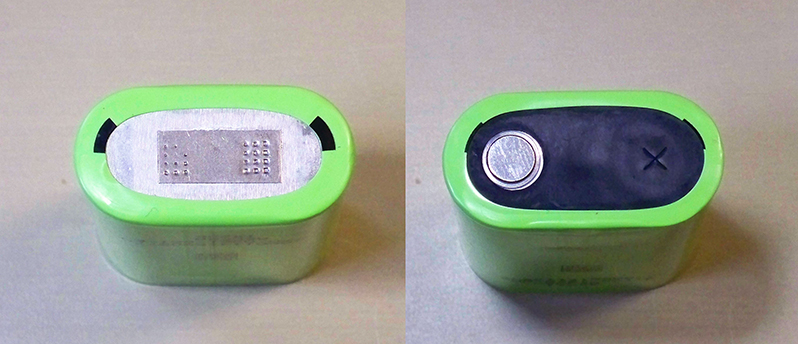Well there is one more thing on the BPs compared to 18650's on size. I would have to measure ...there may be an equaling out of size compared to two 18650s if you use plastic holders. Why? One plastic holder compared to two for the 18650's. At any rate ...like I said previously, the only issue to me is if you have a circumstance like building a triangle pack where you have a particular space that one 18650 fits in ...the BP will not go there. Of course there still may be ways to make them work in that situation. I just haven't tried it.
I feel the aluminum casing helps with heat dissipation ...why do you think heat sinks are made of aluminum? And I have no problems at all spot welding these ....or soldering them for that matter. Because Boston Power provided that weld tab.
I am glad we are having this discussion ...and I really like hearing all the critique. Thanks! Richard
I feel the aluminum casing helps with heat dissipation ...why do you think heat sinks are made of aluminum? And I have no problems at all spot welding these ....or soldering them for that matter. Because Boston Power provided that weld tab.
I am glad we are having this discussion ...and I really like hearing all the critique. Thanks! Richard












